Armed Forces
Poland to spend USD 133 Billion on Modernization of the Armed Forces. New F-16 To Be Ordered
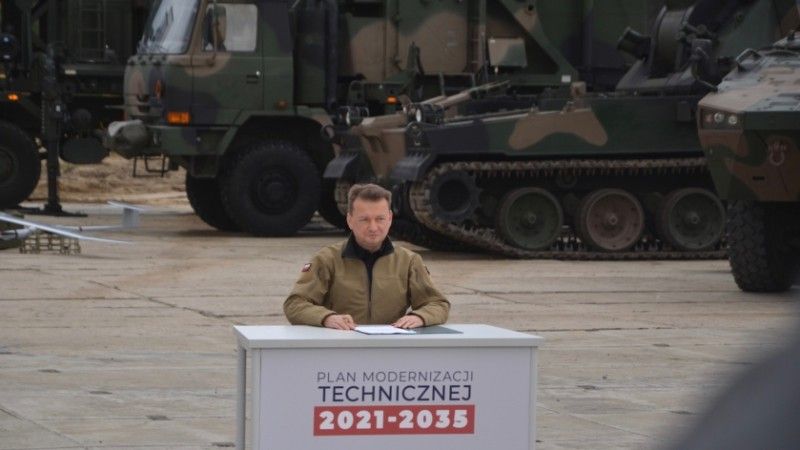
Head of the Polish Ministry of Defence, Mariusz Błaszczak, signed a new Technical Modernization Plan for the period 2021-2035, also covering the year 2020.
It was on 10th October 2019 when the head of the Polish MoD approved one of the most important documents for the Polish defence and security - the Technical Modernization Plan for the period between 2021 and 2035, with consideration given to the year 2020. As noted by Błaszczak, to make the whole process more efficient, effective and more agile, he made a decision to extend the planning period from 10 to 15 years. The defence procurement contracts are convoluted and costly and they require a lot of workload. Extending the planning period has paved the way towards establishment of legal basis for conclusion of long term agreements, the Minister said.
The new plan envisages modernization expenditure that would match the expectations of the Polish soldiers. We’re speaking of a sum of 524 billion zlotys, ca. 133 billion US dollars, allocated to procurement of new armament and equipment for those who protect our security. No government in the Polish history so far has been able to allocate sums so large to modernization of the Polish military.
F-35, loyal wingman and extra F-16s.
Błaszczak, when speaking of modernization programmes, indicated that “Harpia” is the key programme that has already been launched, and that bears a fundamental meaning for the Polish defence capabilities. The programme concerns acquisition of 32 fifth generation F-35 MRCA. - We have already begun negotiation with the US government, following the Congress’s approval of the purchase. Finalization of this contract, the most significant one in the history of Poland is just a matter of time, said the head of the MoD
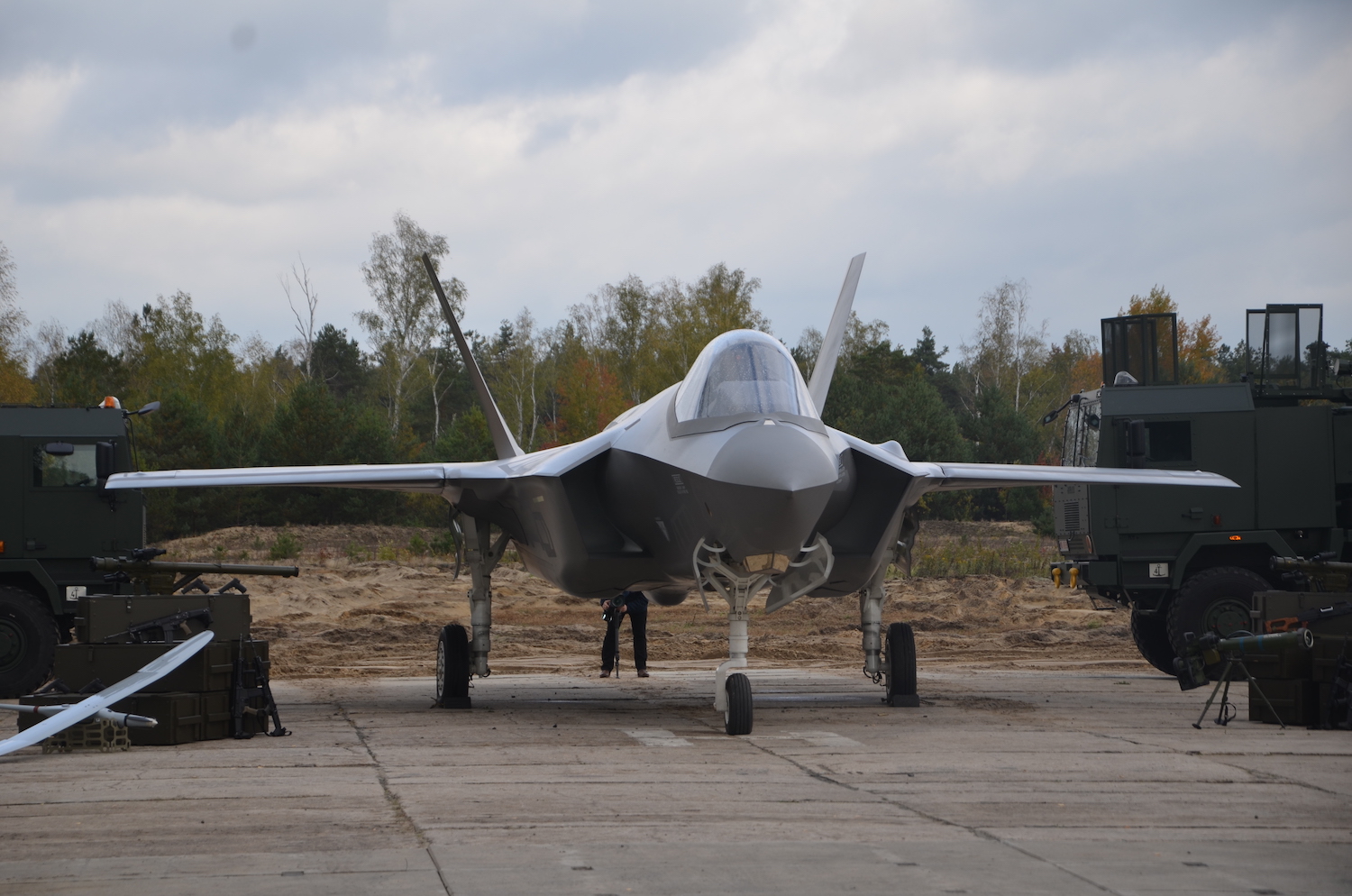
“Harpi Szpon” [Harpy Claw] programme, on the other hand, is a new initiative complementing the “Harpia” programme and reinforcing the strike capabilities of the Polish fighter aircraft.
“Poland would be trying to get involved in the “loyal wingman” programme aimed at developing a stealth UAV. A drone as such would be learning the pilot’s behaviour as early as at the training stage, with the training aimed at joint execution of reconnaissance or combat sorties. Controlled by the pilot the drone would be able to conduct strikes against well protected enemy assets, deep behind the enemy lines, not exposing the pilots to the threat directly. Use of those systems that would involved manned/unmanned teaming would also enhance strike capabilities thanks to the use of a myriad of guided missiles or bombs”, the head of the MoD said.
The Technical Modernization Plan also envisages extra assets being allocated to procurement of extra F-16 aircraft for the Polish military.
Reconnaissance - “Obserwator” Programme
“Contemporary battlefield is, above all, information-driven. Thus, we have prepared a programme aimed at comprehensive development of capabilities related to multi-level and integrated satellite and imagery reconnaissance. Within the framework of the new “Obserwator” [Observer] programme, the military would procure satellites, microsatellites, reconnaissance aircraft and a whole spectrum of drones, with the intelligence they gather being collected and analyzed at an IMINT analysis centre and used for further operations by the troops”, head of the Polish Ministry of Defence said.
Air Defence. Wisła and Narew
As noted by the Minister, the “Wisła” programme would still undergo development. Its aim is to acquire medium range air/missile defence systems. “Narew” programme would come alongside, constituting the second element of the multi-layered national IADS.
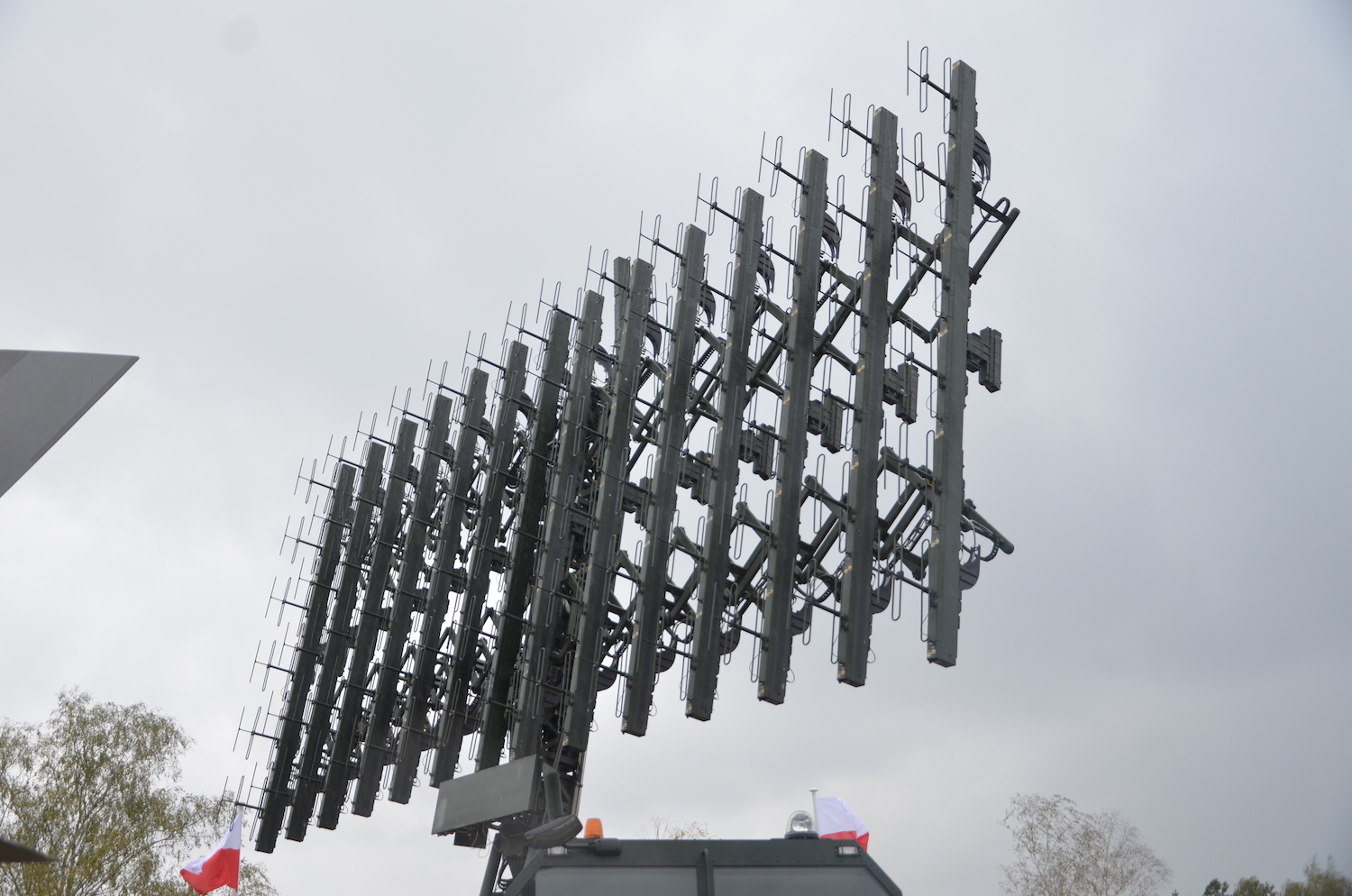
Helicopters: Kruk comes next
“The Technical Modernization Plan also envisages acquisition of helicopters. Following the procurement of helicopters for the Special Operations Forces and for the Navy, we would finalize the “Kruk” programme. Thanks to the aforesaid initiative we would acquire modern attack helicopters for the Army. We would also be continuing the “Homar” programme covering the acquisition of rocket launchers capable of attacking targets 300 kilometers away”, Mariusz Błaszczak announced.
Navy: Miecznik, Orka and Murena
The latest Technical Modernization Plan also includes the “Miecznik” programme (coastal defence vessels, two surface combatants as such would be acquired), as well as the “Orka” programme, with a gap filler planned allowing the MoD to procure two submarines soon, at the same time ensuring continuity of training for the sailors. The Polish military would also procure six light missile boats, expected to be built at the Polish shipyards, within the framework of the “Murena” programme.
Fighting Vehicles
According to the assumptions of the new Technical Modernization Plan, acquisition of the Krab self-propelled howitzers, Rak self-propelled mortars and Rosomak APCs would continue. - “We will reinforce the anti-tank capabilities by completing the “Pustelnik” programme aimed at acquisition of modern light ATGM launchers”, Minister said.
- “End of an era would come for the Post-Soviet obsolete BWP-1 infantry vehicles. “Borsuk” programme is aimed at replacing those with a modern design, developed and manufactured in Poland. Recently we had a chance to get acquainted with the advancements in the “Borsuk” programme, during the MSPO event in Kielce. According to what I had said earlier, we would also be acquiring new generation main battle tanks, within the scope of the “Wilk” programme”, head of the MoD said.
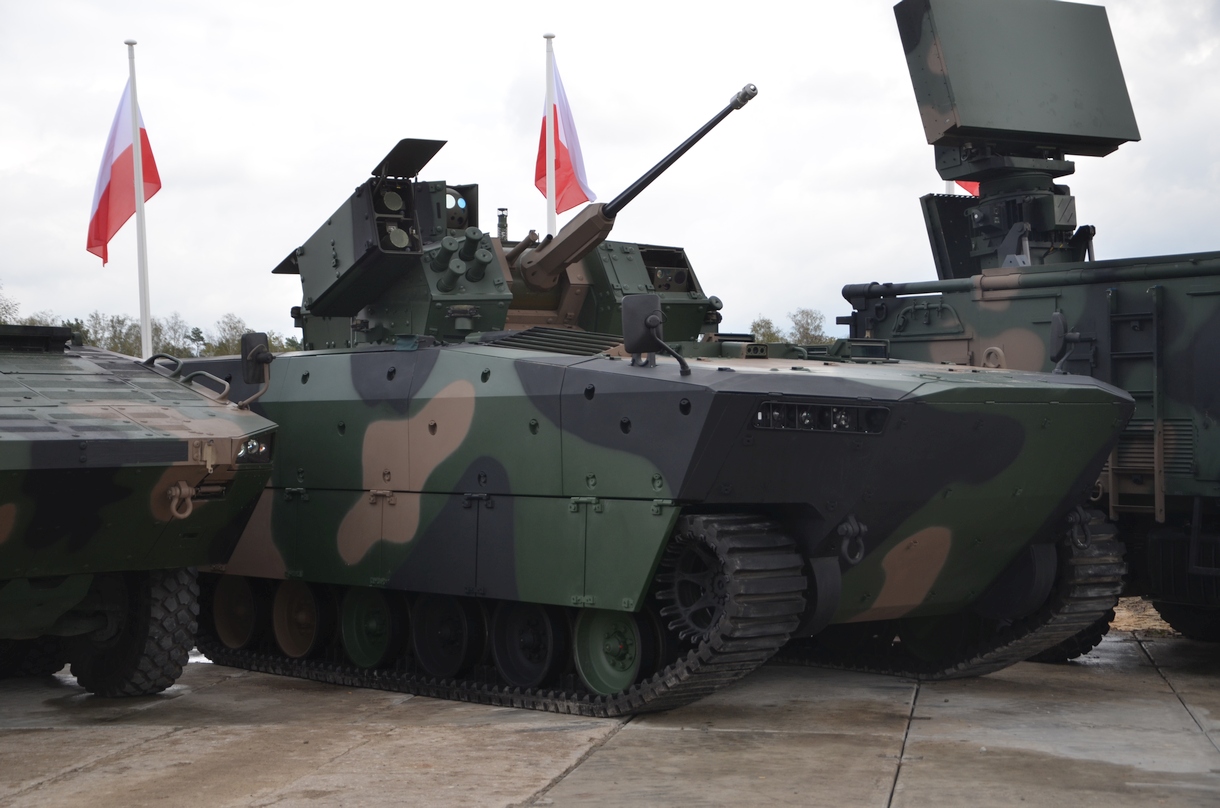
One of the programmes that has been developed with the Polish defence industry in mind is the “Ottokar-Brzoza” project assuming that several examples of tank destroyers for an anti-tank regiment would be acquired.
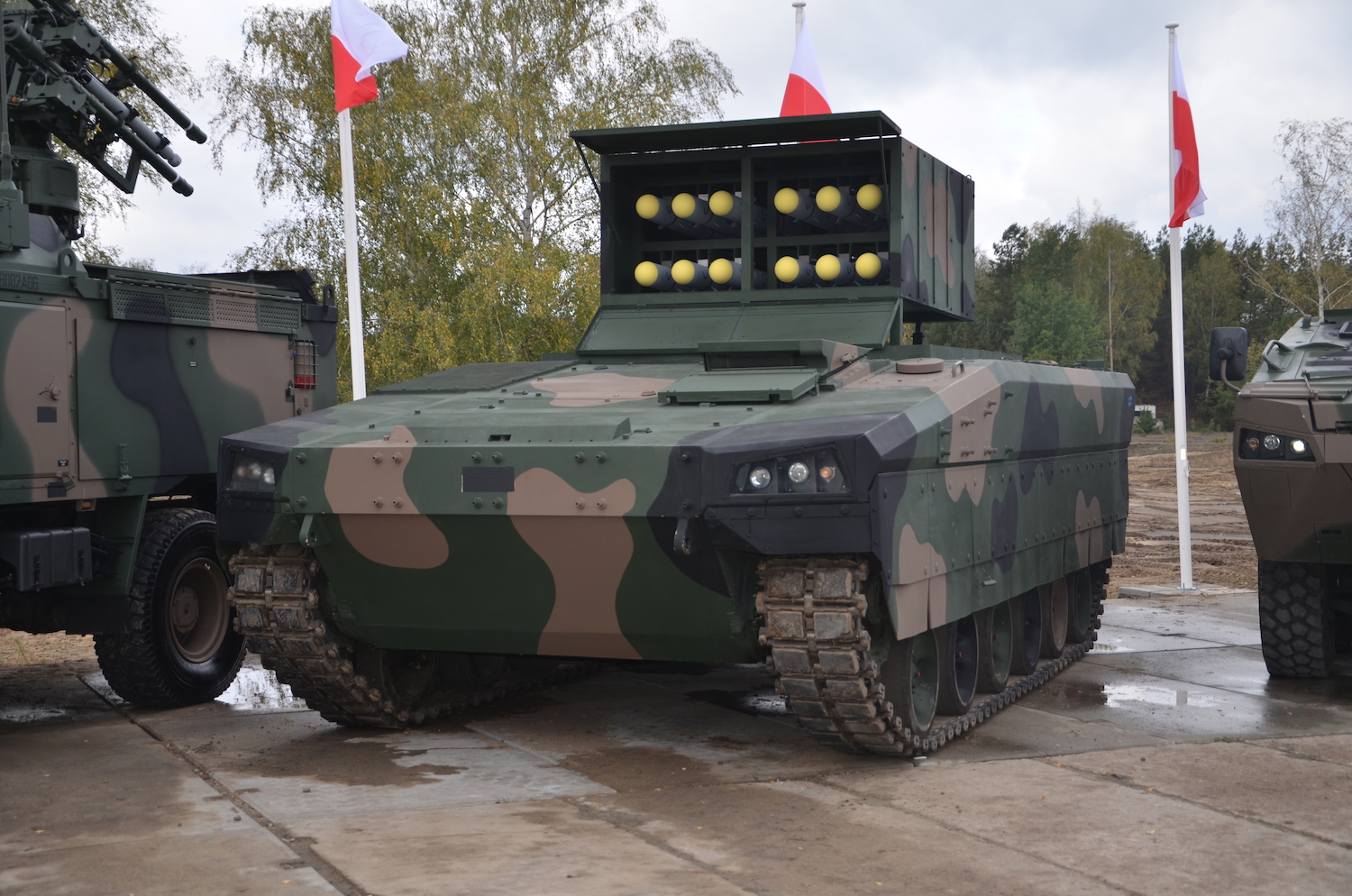
Engineering Forces
The new plan also includes the “Balsa” programme aimed at acquisition of more modern engineering robots for the bomb disposal units. Those would ensure detection, removal and neutralization of unexploded ordnance and remotely controlled explosive devices. The robots are being developed, in their entirety, by the Polish engineers and manufactured by the Polish defence industry. Daglezja programme is another initiative that would be implemented.
Gladius and Groszek
- “We also keep the innovative tech in our minds. Within the framework of the “Groszek” [“Peas”] programme we will procure pods for the combat aircraft that would release submunitions automatically reacting to the detected threats. This armament would make it possible to act against large elements of the enemy forces, such as mechanized or armoured units or aircraft and helicopters parked at the airbases. “Gladius” programme, meanwhile, would be aimed at procuring unmanned search-strike systems, so called “loitering munitions”.” – head of the MoD said.
Cyber-security
The Polish military would still be working on the Cyber.mil programme. Within the framework of that initiative a bundle of domestic tools and software would be created, making use of the latest Polish cryptography. This will make it possible to efficiently protect the Polish cyberspace.
Modernization Programme - Coherence with the Analytical Effort
General Rajmund Andrzejczak, Chief of the General Staff of the Polish Military, provided some extra information. As Andrzejczak said, extra analytical effort has been undertaken this year aimed at scrutinizing the operational environment with the upcoming period of time and the distant year 2035 taken into account. All of that would be done to prepare the military to carry out the “very ambitious tasks”. The analysis has been and still is conducted quite broadly, also beyond the domain of defence and security, with demographics, urbanization, climatic change, technological advancements and regional context all taken into account. General noted that preliminary results of those analytical works have already been obtained and they are being put in sync with the operational programmes implemented as a part of the Technical Modernization Plan. The modernization plans are also visible in the experimental rapid deployment and operational autonomy exercises executed by the Polish military this year.
C2 Systems
Andrzejczak also recalled the fact that ability to effectively attack the enemy may be the primary capacity at hand of the military, but command systems play a role that is at least tantamount.
In the programmes planned we expect complete digitalization of the combat platforms to depart from the analogue system. We want to balance out the systems that are placed in the areas covered by the digital transformation and cyber processes with those that are available now. The conclusions drawn from the exercises conducted, also at vast distances and with high level of dynamics, created a foundation for us to increase the SATCOM use intensity, with SATCOM being covered by those programmes. Without means of communication as such and without those capabilities we are unable to effectively establish a command system. [...] Integrated complex reconnaissance system is another matter. Satellites mentioned here act as an example of transition to another domain, beyond cyber, namely the space domain. Here we hope to have the EO IMINT satellites and microsatellites enhance the situational awareness and thus become the integral part of the military and of its reconnaissance system.
Andrzejczak also referred to the Harpia programme and to the F-35. He said that F-35 would be a strike and command and, above all, recce platform that is also going to use support from the UAVs. New electronic warfare plan has also been listed as one of the priorities by Andrzejczak. “Podkowiec” and “Kaktus” programmes are thus expected to gain high tempo, so that become tangible as soon as possible.
2020 would also be focused on training of the reserve forces, Andrzejczak said. He also emphasized the fact that harmonious inflow of new equipment is the goal of the currently executed procurement programmes.
